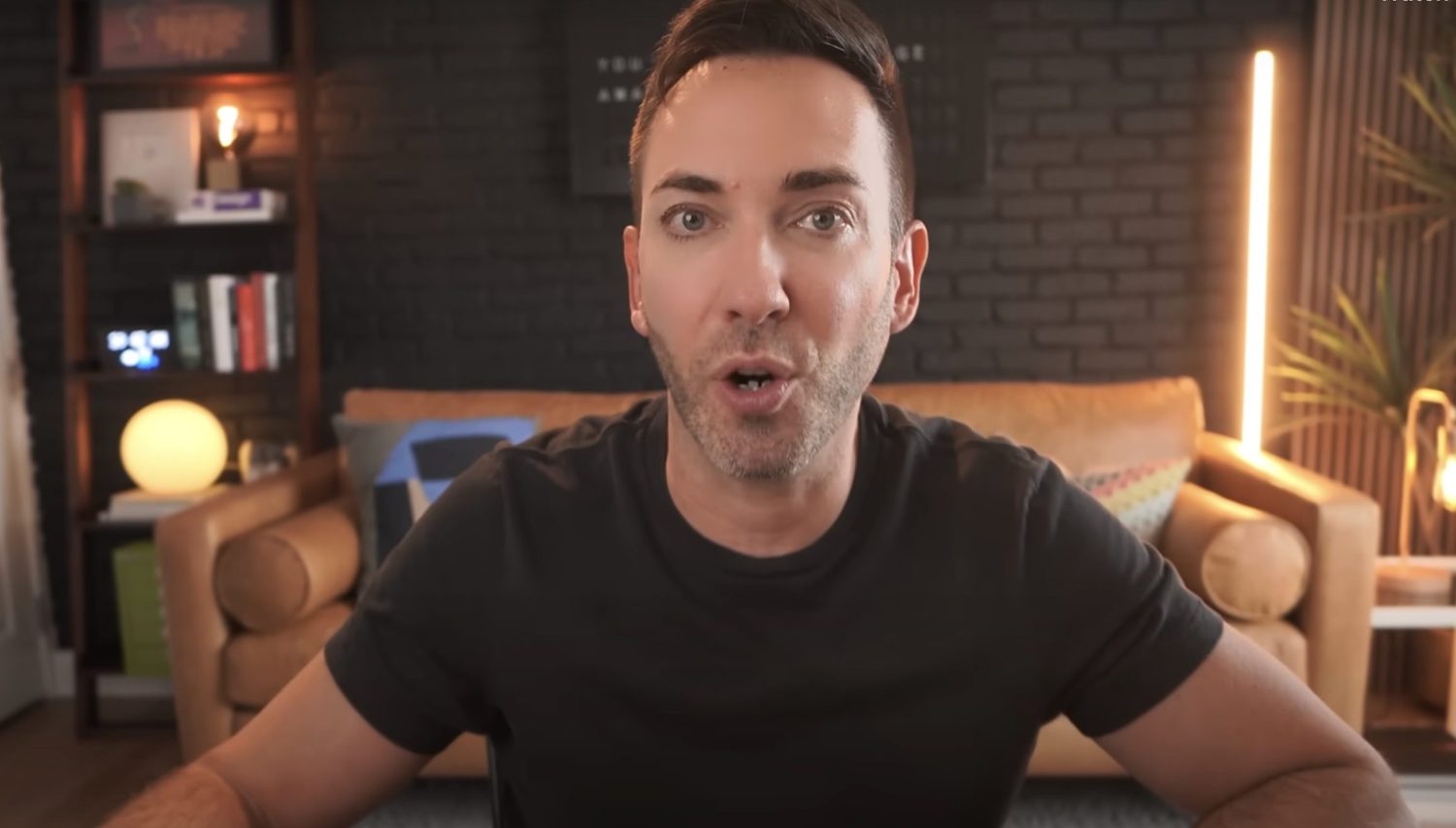In recent months, a significant leak of internal documents from Google has sent shockwaves through the digital marketing world. These documents, which were never intended for public consumption, have revealed startling insights into the search engine giant’s closely guarded algorithm. For years, Google has consistently denied the existence of certain ranking factors and practices. However, the leaked information suggests that the company may have been less than truthful about some of its operations.
This article dives into the four major discoveries from the leaked documents, exploring their implications for search engine optimization (SEO) professionals, content creators, and website owners. We’ll examine why Google might have chosen to conceal this information and what it means for the future of digital marketing.
The Chrome Connection: Harnessing User Data for Search
One of the most significant revelations from the leaked documents centers around Google Chrome, the company’s popular web browser. For years, Google representatives have consistently denied using Chrome data in their search ranking algorithm. This denial dates back to 2012 when Matt Cutts, then head of web spam at Google, explicitly stated that Chrome browser data was not used for search rankings.
Fast forward to more recent times, and John Mueller, a senior analyst at Google, echoed this sentiment, claiming that Google doesn’t use anything from Chrome for ranking purposes. However, the leaked documents tell a different story, revealing a module called “Chrome in total.”
According to the source of the leak, Google’s true intention was to capture the full clickstream data of billions of internet users. Clickstream data is essentially a comprehensive map of a user’s online activity, tracking websites visited, links clicked, and time spent on various pages. This type of data is incredibly valuable for businesses as it provides deep insights into user behavior and preferences.
The implications of this revelation are significant. With Chrome commanding a 63% market share of internet browsers, Google potentially has access to clickstream data for over half of all internet users. This vast pool of data could give Google an unprecedented advantage in understanding how users interact not just with search results, but with the entire web.
The Power of Clicks: A Hidden Ranking Factor?
Another contentious issue that the leaked documents address is the use of click data in Google’s ranking algorithm. For years, SEO professionals have speculated about the importance of click-through rates (CTR) and user engagement metrics in determining search rankings. Google, however, has consistently denied using such data directly in their algorithm.
In 2015, Gary Illyes, a Google analyst, stated that using clicks directly in ranking would be a mistake. He later dismissed theories about the use of user experience signals like CTR in Google’s RankBrain system as “made-up crap.” However, the leaked documents suggest otherwise.
The documents reveal the existence of a system called Navboost, which appears to use click-through rate data to learn and understand patterns leading to successful searches. This aligns with theories and tests conducted by SEO experts like Rand Fishkin, who had previously demonstrated the apparent impact of coordinated clicking on search rankings.
Furthermore, the documents show that Google doesn’t just look at simple click-through rates but also considers different types of clicks, such as “good clicks,” “bad clicks,” and “last longest clicks.” This nuanced approach to click data suggests a sophisticated system for interpreting user behavior and satisfaction with search results.
Interestingly, Google’s stance on click data seems inconsistent across its products. While denying its use in search rankings, the company openly acknowledges the importance of CTR for YouTube videos and even provides CTR data for keywords in Google Search Console. This discrepancy raises questions about Google’s transparency regarding its ranking factors.
The Site Authority Conundrum
The concept of domain or site authority has been a cornerstone of SEO strategy for years. Many SEO tools and professionals use metrics like Moz’s Domain Authority to gauge a website’s potential to rank in search results. However, Google has repeatedly denied using any such metric in its ranking algorithm.
Both Gary Illyes and John Mueller have stated on multiple occasions that Google doesn’t use domain authority. Yet, the leaked documents reveal a metric literally called “site authority.” This apparent contradiction has sparked intense debate in the SEO community.
However, as Mike King pointed out in his analysis, the truth might be more nuanced. Google could be playing with semantics, specifically denying the use of third-party metrics like Moz’s Domain Authority or claiming they don’t measure authority based on a website’s expertise in a particular subject area. This wordplay allows them to sidestep the question of whether they calculate or use site-wide authority metrics internally.
The leaked documents suggest that Google’s version of site authority might be more closely related to quality metrics rather than link-based authority as commonly understood in SEO circles. This revelation underscores the complexity of Google’s ranking system and the potential limitations of relying too heavily on third-party SEO metrics.
The Sandbox Effect: Fact or Fiction?
For years, SEO professionals have speculated about the existence of a “Google Sandbox” – a theoretical holding place for new websites lacking trust signals like backlinks. The idea was that Google needed time to evaluate the quality of these sites, preventing spam from infiltrating search results. This concept has been particularly frustrating for legitimate new businesses trying to gain visibility in search results.
Google representatives have consistently denied the existence of such a sandbox. Matt Cutts denied it in 2005, Gary Illyes in 2016, and John Mueller in 2019. However, the leaked documents have reignited this debate.
In the “per doc module” of the leaked Google algorithm documentation, an attribute called “host stage” is revealed, used specifically to “sandbox fresh spam and serving time.” This suggests that while Google may not have a sandbox in the exact way SEO professionals have imagined it, they do have mechanisms in place to limit the visibility of new sites until they can be properly evaluated.
Understanding Google’s Perspective
As we unpack these revelations, it’s crucial to consider Google’s perspective. While it may seem that Google has been intentionally misleading the SEO community, the reality might be more complex. As Mike King suggested, Google’s public statements may not be intentional lies, but rather efforts to deceive potential spammers and protect the integrity of their search results.
It’s also worth considering that Google is a vast organization, and representatives like Matt Cutts, John Mueller, and Gary Illyes may not have been aware of all the intricacies of Google’s algorithms when making their statements. The leaked documents provide a glimpse into internal systems that may not be fully understood or accessible to all Google employees.
Moving Forward: Implications for SEO and Digital Marketing
In light of these revelations, how should SEO professionals, content creators, and website owners proceed? The key takeaway is the importance of testing and verification. Rather than relying solely on Google’s public statements, the SEO community should continue to conduct experiments, share findings, and refine their understanding of how search engines work.
It’s also crucial to remember that while these leaked documents provide valuable insights, they don’t tell the whole story. We don’t know exactly how these factors are used or weighted in Google’s algorithm. Therefore, it’s important to maintain a balanced approach to SEO, focusing on creating high-quality, user-centric content while also considering technical optimization and user experience factors.
Ultimately, these revelations underscore the complexity of search engine algorithms and the challenges of transparency in the digital age. As the search landscape continues to evolve, adaptability, critical thinking, and a commitment to best practices will remain crucial for success in SEO and digital marketing.
Frequently Asked Questions
Q: How reliable are the leaked Google documents?
While the leaked documents have caused significant discussion in the SEO community, it’s important to approach them with caution. They provide insights into Google’s internal systems, but without full context, it’s challenging to determine their exact significance or current relevance to Google’s algorithm.
Q: Does this mean we should change our SEO strategies?
Not necessarily. While these revelations are interesting, they don’t fundamentally change the core principles of good SEO. Continue to focus on creating high-quality, user-centric content, improving site speed and user experience, and building natural, high-quality backlinks.
Q: Is Google intentionally misleading the SEO community?
It’s unlikely that Google is intentionally trying to deceive SEO professionals. Their public statements may be aimed at discouraging spam and manipulation of search results. Additionally, the complexity of Google’s systems means that not all employees may have full knowledge of all ranking factors.
Q: How important is click-through rate (CTR) for SEO now?
While the leaked documents suggest that Google does use click data in some capacity, it’s likely just one of many factors. Focus on creating compelling titles and meta descriptions to improve CTR naturally, but don’t try to manipulate this metric artificially.
Q: Should new websites be concerned about the “sandbox” effect?
While the leaked documents suggest some form of evaluation period for new sites, this shouldn’t discourage legitimate new businesses. Focus on creating quality content from the start, gradually building authority through natural link building, and be patient as your site establishes itself in search results.








